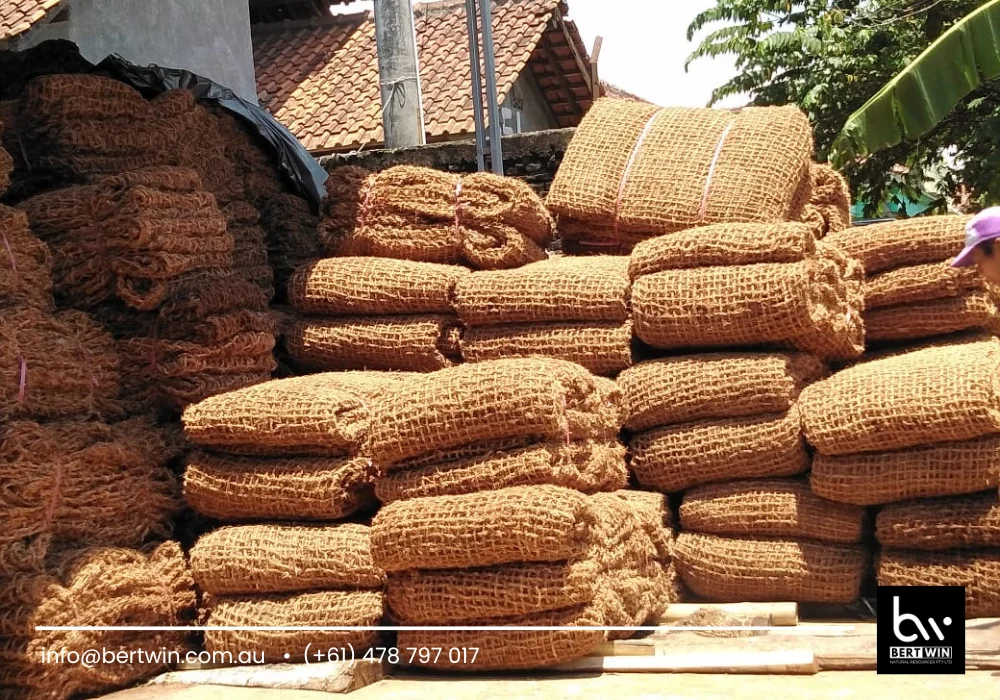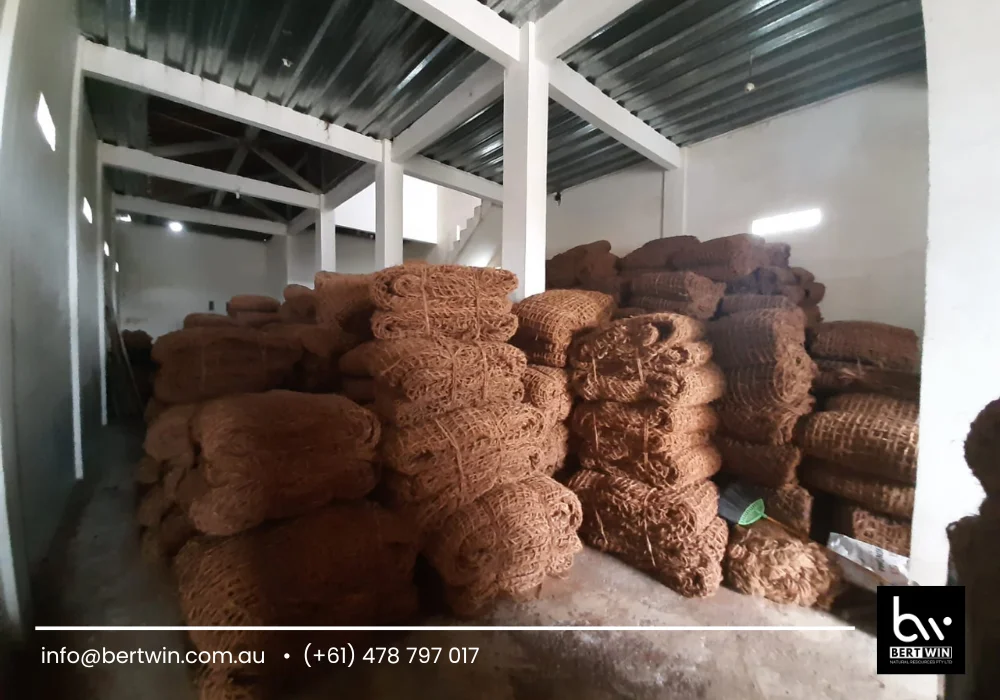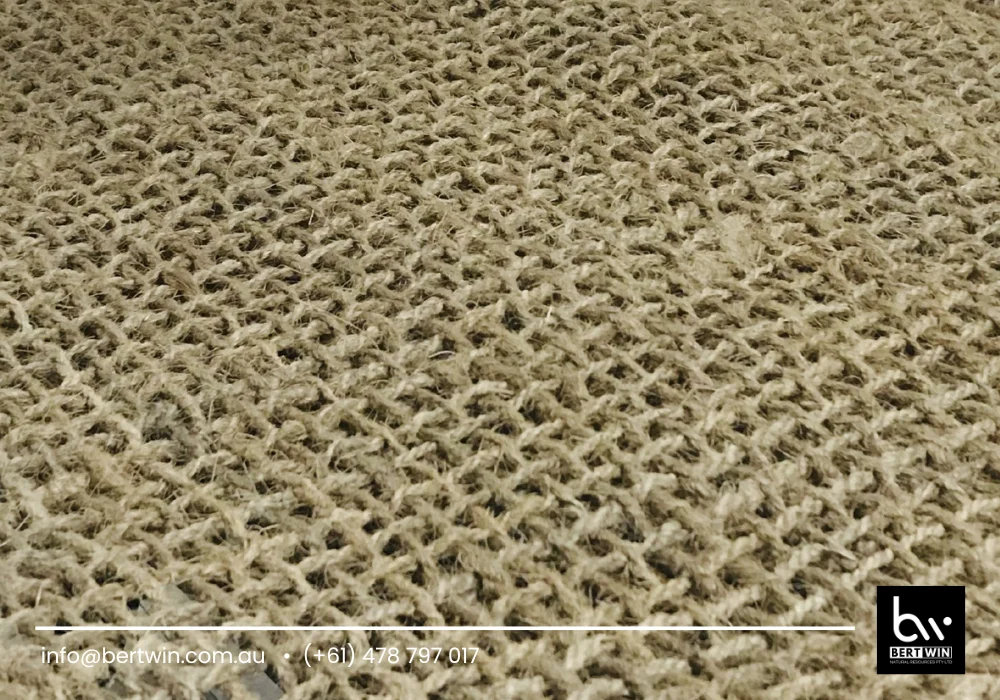Creating an eco-friendly playground is more than a trend; it’s a step toward ensuring a sustainable future for children. By incorporating natural and biodegradable materials, playgrounds can provide safe and enjoyable spaces without harming the environment. One such innovative solution is coco mesh, a versatile and sustainable material made from coconut fibers.
Coco mesh offers a perfect balance of safety, durability, and environmental benefits, making it an ideal choice for building or upgrading an eco-friendly playground.

What Makes a Playground Eco-Friendly?
An eco-friendly playground prioritizes sustainability in design, materials, and construction. Its main features include:
- Use of Sustainable Materials: Incorporating natural and renewable materials that reduce environmental impact.
- Energy Efficiency: Utilizing renewable energy sources or designing with minimal energy requirements.
- Waste Reduction: Opting for materials that are biodegradable or recyclable.
- Blending with Nature: Ensuring the playground integrates seamlessly into its natural surroundings.
Coco mesh ticks all these boxes, offering a green solution for modern playgrounds.
What Is Coco Mesh?
Coco mesh, also known as coir netting, is crafted from the outer husks of coconuts. These fibers are woven into strong and flexible mats or nets, commonly used in erosion control and landscaping. Thanks to its natural durability and eco-friendly properties, coco mesh is gaining popularity as a surface for eco-friendly playgrounds.
Benefits of Using Coco Mesh for Eco-Friendly Playgrounds
1. 100% Natural and Biodegradable
Coco mesh is made from coconut byproducts, ensuring no waste is generated during production. Its biodegradable nature means it naturally decomposes without leaving harmful residues, perfectly aligning with the principles of an eco-friendly playground.
2. Safe for Children
Safety is paramount in any playground design. Coco mesh offers a soft and cushioned surface that minimizes injuries from falls, providing a safe environment for children to play.
3. Durable and Resilient
Despite being a natural product, coco mesh is highly durable. It can withstand heavy foot traffic and varying weather conditions, making it a reliable choice for outdoor playgrounds.
4. Blends Seamlessly with Nature
The earthy tones and natural texture of coco mesh make it visually appealing, enhancing the aesthetic of an eco-friendly playground. It blends perfectly with surrounding landscapes, creating a harmonious environment.
5. Cost-Effective Solution
Coco mesh is not only affordable to produce but also requires minimal maintenance, reducing long-term costs for playground upkeep.

How Coco Mesh Supports Eco-Friendly Practices
1. Renewable Resource
Coconuts are abundant and renewable, ensuring a steady supply of raw materials for coco mesh production without depleting natural resources.
2. Low Carbon Footprint
The production of coco mesh involves minimal processing, reducing energy consumption and carbon emissions compared to synthetic materials.
3. Erosion Control
In addition to serving as a playground surface, coco mesh is often used for erosion control. Its dual-purpose nature supports environmental conservation efforts.
Applications of Coco Mesh in Playgrounds
1. Ground Cover
Coco mesh is ideal as a ground cover for areas prone to wear and tear. It protects the soil while providing a stable and safe surface for children.
2. Mulching
Incorporating coco mesh as a mulch layer can improve soil health, helping vegetation thrive around the playground.
3. Pathways and Borders
Coco mesh can also be used to define walkways and borders, ensuring a cohesive and organized playground layout.
How to Install Coco Mesh in an Eco-Friendly Playground
Step 1: Site Preparation
Clear the area of debris and level the ground. This ensures a stable base for the coco mesh.
Step 2: Laying the Coco Mesh
Unroll the coco mesh over the prepared ground, ensuring even coverage. For large areas, overlap the edges slightly to avoid gaps.
Step 3: Securing the Material
Use eco-friendly stakes or pins to secure the coco mesh, preventing it from shifting during use.
Step 4: Optional Layering
For added cushioning, consider layering the coco mesh with a base of sand or soil.

Conclusion
An eco-friendly playground reflects our commitment to sustainability and the well-being of future generations. Coco mesh, with its natural, durable, and biodegradable properties, is a standout choice for such projects. By choosing coco mesh, playgrounds can be safe, cost-effective, and environmentally responsible—all while maintaining a natural and inviting aesthetic.
Whether you’re designing a new playground or revamping an existing one, coco mesh ensures a greener future without compromising on quality or safety.
FAQs
1. Is coco mesh safe for children?
Yes, coco mesh is a safe option as it provides cushioning to minimize injuries from falls.
2. How long does coco mesh last in a playground?
Coco mesh is durable and can last several years, depending on the environment and level of use.
3. Can coco mesh be used in all climates?
Yes, coco mesh is resilient to various weather conditions, making it suitable for both wet and dry climates.
4. Does coco mesh require frequent maintenance?
No, coco mesh is low-maintenance, making it a cost-effective choice for playground surfaces.
5. Where can I purchase coco mesh for playgrounds?
Coco mesh is available from suppliers specializing in eco-friendly or landscaping materials.
For further information, you may contact WhatsApp at (+61) 478797017 or via email at info@bertwin.com.au.
